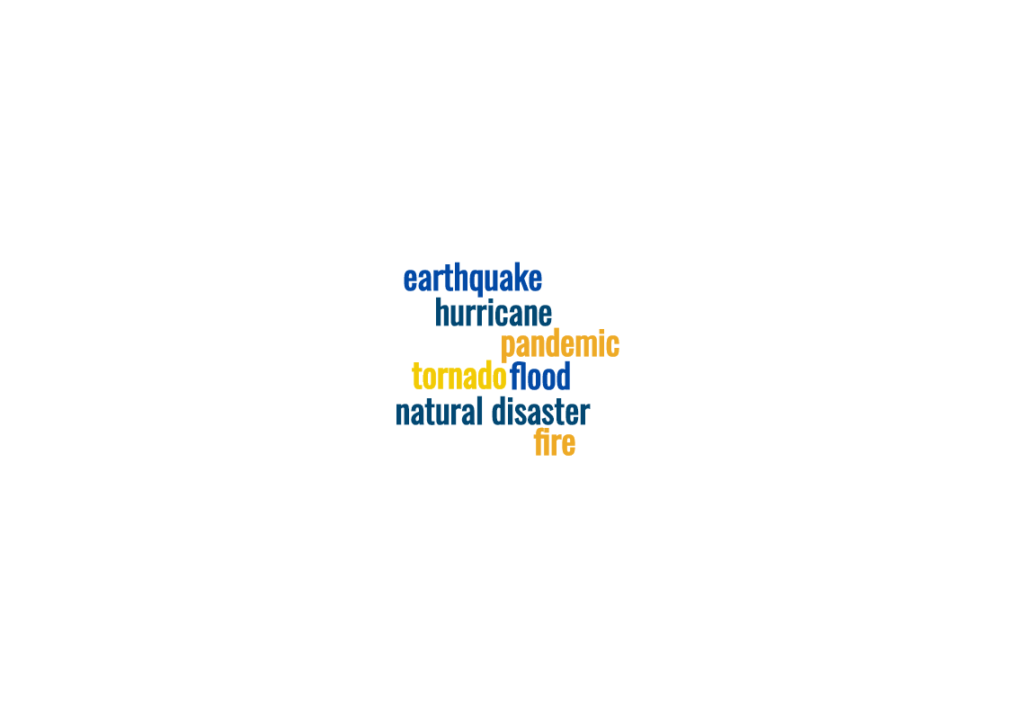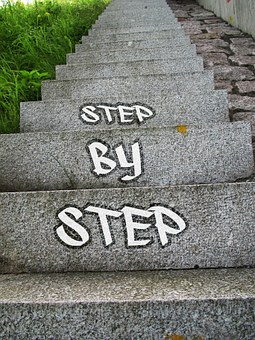As the summer season is here amidst a pandemic, officials are working through evacuation plans for us to take into consideration. Public health and emergency response professionals have advice to help you safely prepare, evacuate, and shelter for severe storms and other natural disasters to protect yourself and others from COVID-19.
This year, it’s so important we are “ready for anything”, as I think we’re learning. Emergency personnel, hospital capacity and access to supplies are something to consider as hurricane season and fire season are underway.

Preparation in advance of any natural disaster includes supplies for an emergency for your family and pets: food; water; soap and medical supplies. COVID-19 adds a new component to our readiness plans. Make sure to include wipes, hand sanitizer, masks/cloth face coverings and prescriptions.
It’s important to prepare as if you’ll not be able to ever go back. Ask yourself “what would I need to begin again” and create a “go box” of important personal and work information.
Emergency managers, shelter managers, and public health professionals are taking measures to reduce the possible spread of COVID-19 among people who seek safety in a disaster shelter during severe weather events. Determine where your local shelters are and when it is safe to go, from local officials.
Here are some tips to help you prepare and lower the risk of infection while staying safe in a shelter from the CDC : Protect yourself and others while in a public shelter.
- Practice social distancing. Stay at least 6 feet (about 2 arms’ length) from other people outside of your household.
- Follow CDC COVID-19 preventive actions—wash your hands often, cover coughs and sneezes, and follow shelter policies for wearing cloth face coverings. Avoid sharing food and drink with anyone if possible.
- Follow disaster shelter policies and procedures designed to protect everyone in the shelter, particularly older adults (65 and older) and people of any age who have serious underlying medical conditions. These people are at higher risk for severe illness from COVID-19.
- Avoid touching high-touch surfaces, such as handrails, as much as possible. If not possible, wash hands or use hand sanitizers containing 60% alcohol immediately after you touch these surfaces.
- Keep your living area clean and disinfect frequently-touched items such as toys, cellphones, and other electronics.
- If you feel sick when you arrive at the shelter or start to feel sick while sheltering, tell shelter staff immediately.
Help your children stay safe while in a public shelter.
- Teach and reinforce everyday preventive actions for keeping children healthy.
- Make sure children aged 2 and older wear cloth face coverings. Face covers should not be used by children under the age of 2. They also should not be used by people having trouble breathing, or who are unconscious, incapacitated, or unable to remove the mask without assistance.
- Be a good role model—if you wash your hands often, your children are more likely to do the same.
- Watch your children to ensure they stay at least 6 feet away from anyone who is not in your household.
- Watch your child for any signs of illness and tell shelter staff if your child may be ill.
- Try to deal with the disaster calmly and confidently, as this can provide the best support for your children. Help children cope with emergencies.

If you’ve not yet established evacuation plans, now is a good time to begin. Step by step is recommended. Small steps over time can accomplish big results!
Yes, now is a great time to consider an aspect of life and business that is typically “put aside”. My work is extensive for people and businesses to explore the various components of what will you do when/if you experience a personal, work or natural disaster? Are you ready, just in case?
If you’re ready to review what protection strategies you have in place and identify what’s missing and how best to fill the gaps, let’s get going. If you or someone you know would benefit from working with me individually, for their employees or companies, contact me via Email or check out the website @ The Living Planner for additional information.
Stay safe everyone. –Lynn
#LifeAndBusinessIntersect #CareForPeopleCareForBusiness #StepUpStepIn
